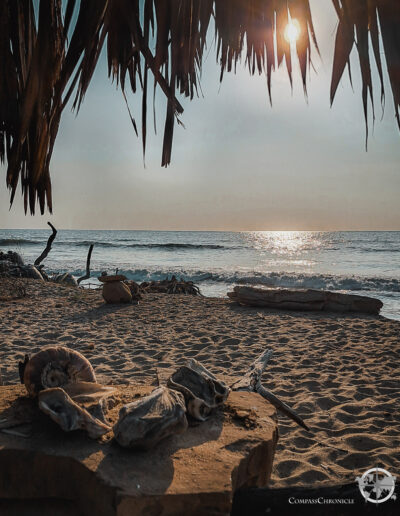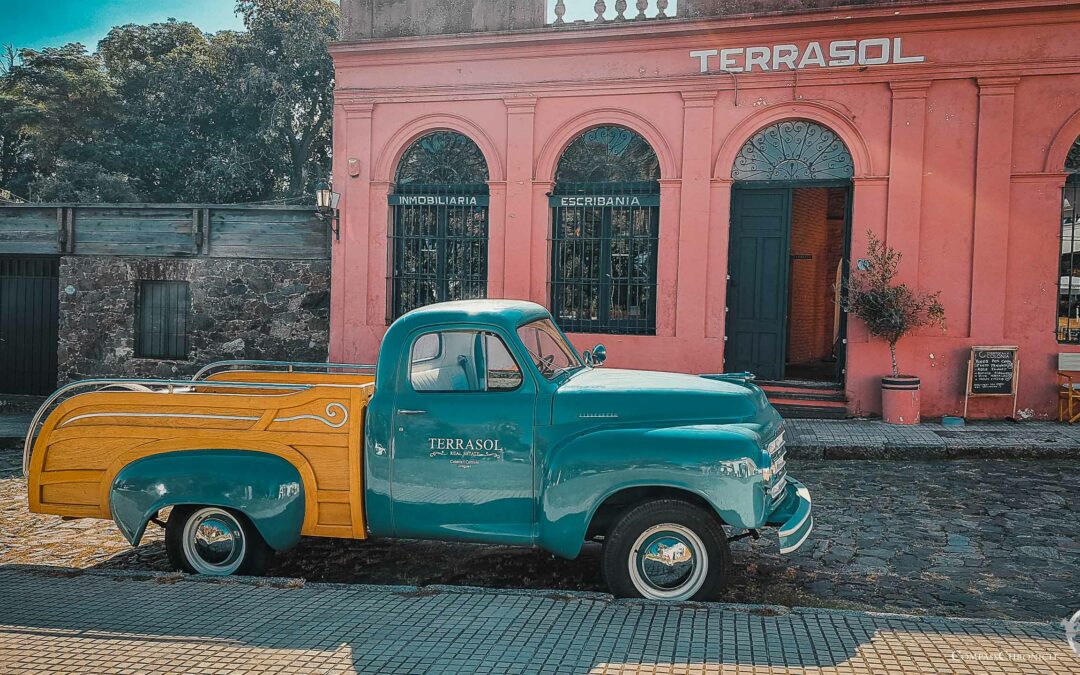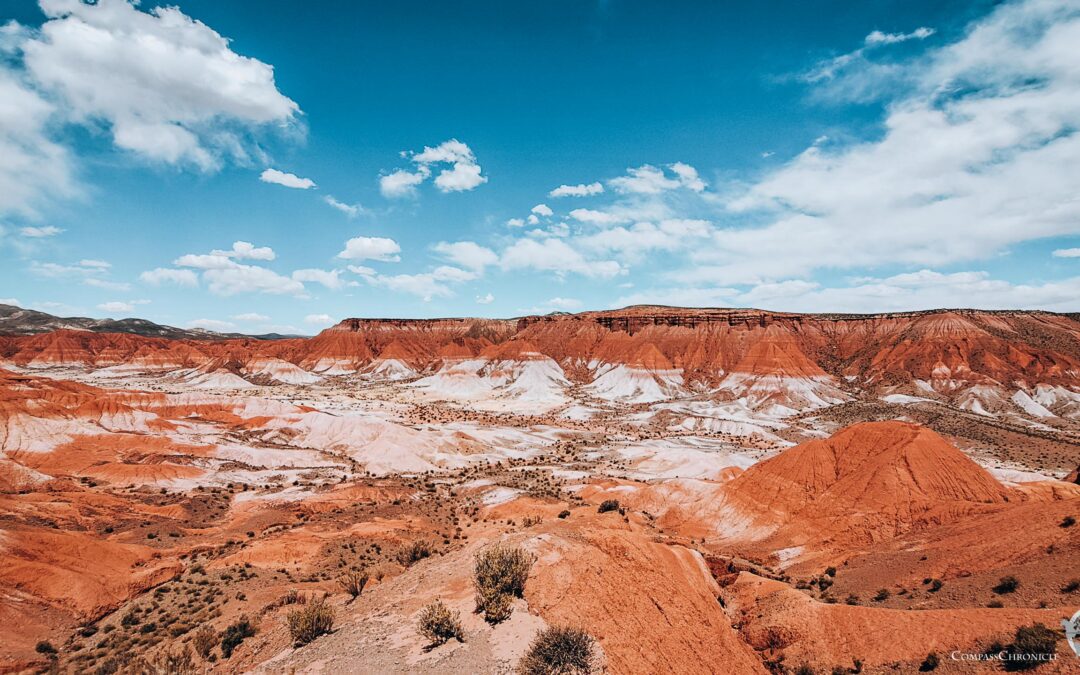And once again it’s the following time of our trip: A new country – welcome to Peru! We travel in from the north from Ecuador and visit the north coast of Peru first. As always, we first have to find our way around a new country. This is easier from a fixed base, so we treat ourselves to a pitch right by the sea. After all, we’ve had less sea again in recent weeks – except in Galápagos – as the security situation in Ecuador doesn’t really allow us to visit the coast.
Longer driving routes through desert landscapes
The north of Peru doesn’t have much to offer tourists, partly because it is the poorest part of Peru. Unfortunately, Peru is regularly hit by earthquakes, on average there is a large and devastating earthquake every year. You can see this very clearly here, as many houses have only been partially rebuilt and there are always ruins in between. In addition, there are always fields on the roadside before and after the settlements with many smaller piles of rubble, where the building rubble from the villages is simply dumped by the truckload. As this is useless rubble anyway, the waste is also disposed of here. We drive past mountains of garbage for ages, which is of course spread even further by the wind and the street dogs.
In addition, this region is very dry, which means that the land is not very productive. We occasionally see irrigated fields, but otherwise large areas are desert-like, barren and stony, so we take longer stretches under our wheels to get to the mountainous region of Peru more quickly and leave the wasteland behind us. The city of Trujillo comes in handy so that we don’t just see the road and the steering wheel.
Trujillo and Huaca del Sol
In Trujillo, we visit an excavation site of a long-gone civilization. The Moche people built two large huacas – places of worship – here. These are the Huaca del Sol, the Pyramid of the Sun, and the Huaca de la Luna, the Pyramid of the Moon. It is important to understand that the names sun and moon come from archaeologists and have nothing to do with the original Moche culture. For us, the connections behind the high culture are still quite interesting. We always read and hear about the Incas from South America, but the Moche culture was active much earlier and was only one of many advanced civilizations that preceded the Incas.
The former residential buildings are already completely eroded, as the Moche built with rammed and dried mud bricks. They did not know how to burn the bricks, or at least did not use this technique. As a result, the buildings constructed in this way weathered quickly. The two large, stepped pyramids, the huacas, are still preserved because they are made of vast quantities of such bricks. In addition, the various rulers successively built another layer, another floor, and so the two pyramids continued to grow and be renewed over the centuries. It is fascinating to see how much effort such early advanced civilizations put into their religious and cultural life.
Wall paintings that have only been restored, but not reconstructed, still depict parts of Moche life today. Special animals and rituals were depicted in different colors, which presumably played a major role in the life of the Moche culture. And finally, a god or god-figure was also worshipped. Corresponding images are therefore at the top of the step pyramid, looking over the other floors of the pyramid.
The tour takes us around and through the Huaca del Sol. Various interior rooms have been carefully excavated and are now open to tourists.
From our point of view, it is nice that this excavation site is only preserved, i.e. prepared in such a way that the current state does not deteriorate any further, but no reconstructions, which are based on assumptions and often do not appear very authentic.
So, we take a closer look at these magnificent prehistoric buildings before heading south again on the Panamericana Highway.




























0 Comments